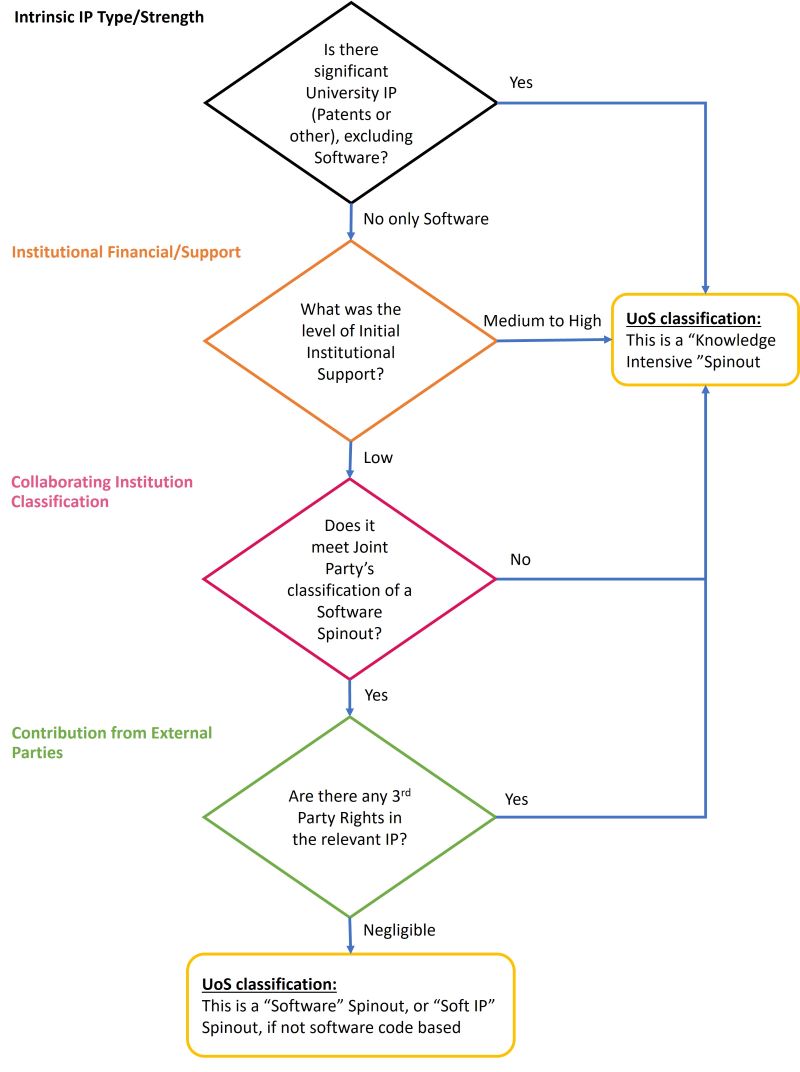Foreword by the Vice President (Research & Enterprise), Professor S. Mark Spearing
Following an extensive consultation with academic staff, spinout founders, the University’s Entrepreneurs-in-Residence, investors and other key stakeholders in spinout success, the University of Southampton is launching an updated Spinout Equity Guide.
Driven by our vision and strategic objectives for enterprise, the University shall take equity in new spinout companies at an investor attractive and key founder friendly level with a principal aim of boosting this important economic impact generating activity. However, it is also essential that we ensure all support to our spinout formation activities remains at a financially self-sustainable level, hence reviews shall be conducted (at 3-year intervals) in the future to evaluate the achieved and future intellectual property fees and return from equity as a consequence of this change.
I thoroughly support this new Spinout Equity Guide and wish to see many more spinouts emerge from the fantastic research and innovation work going on in our Faculties. Our new equity levels are extremely progressive and ambitious and compliant with the Independent Spinout Review recommendations, and I hope it encourages our innovators to consider the spinout route.

